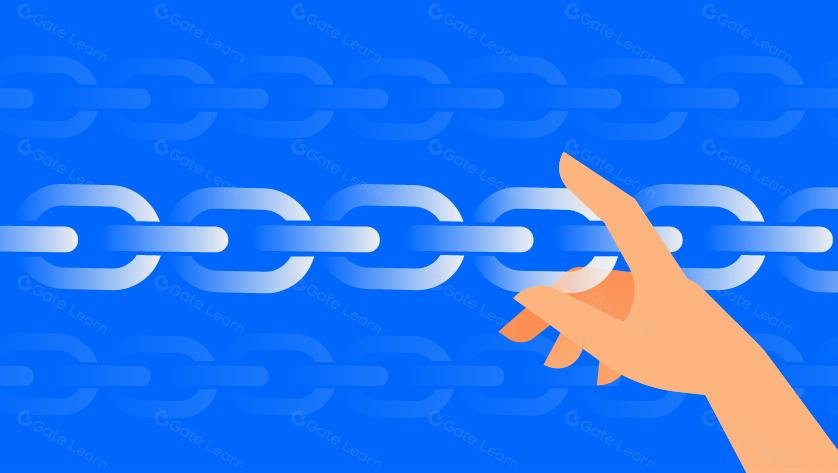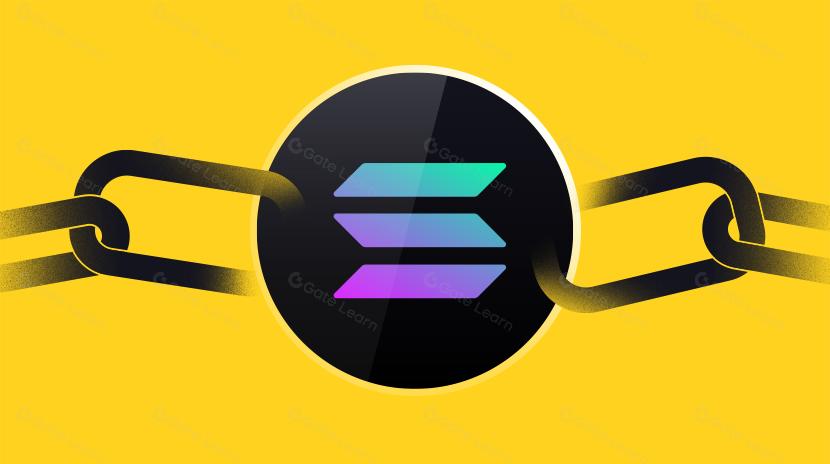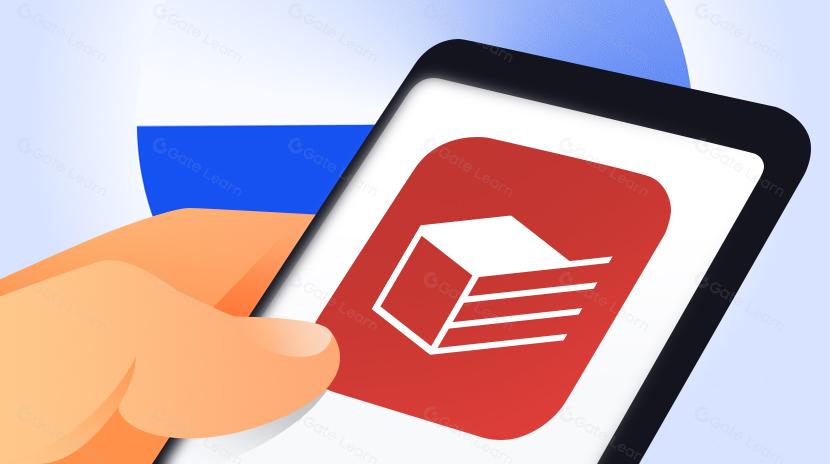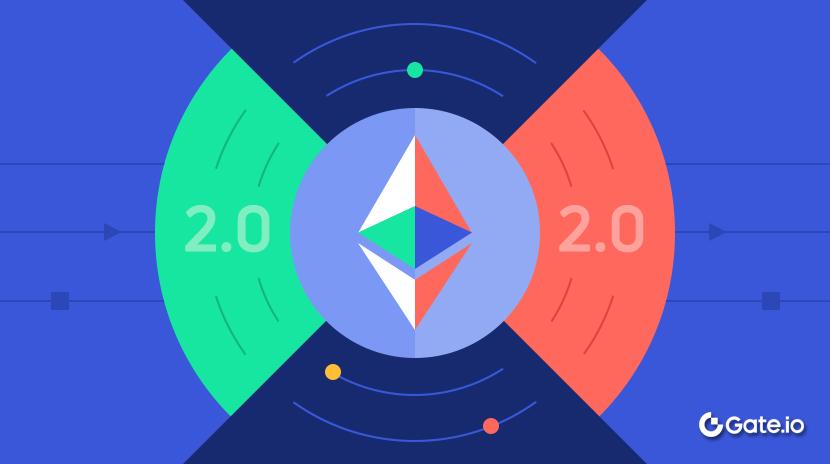A Brief Overview of the Popular Public Chain Monad
Monad Overview
Monad is a brand-new layer-1 blockchain that employs a Proof-of-Stake (PoS) mechanism and is compatible with the Ethereum Virtual Machine (EVM). It aims to elevate the performance and decentralization of the entire Ethereum ecosystem.
Monad’s design objectives are to achieve throughput several times higher than existing smart contract blockchains by optimizing the virtual machine and refining the Byzantine Fault Tolerance (BFT) consensus mechanism algorithms. As a decentralized computing platform, Monad strives to provide users with efficient, secure, and scalable blockchain infrastructure.
With Monad, users can anticipate a high throughput of up to 10,000 smart contract transactions (TPS) per second. This enhancement will bring tremendous growth and innovation opportunities to the Ethereum ecosystem, offering developers and users a broader range of use cases and an enhanced user experience.
From a user perspective, Monad’s behavior closely resembles Ethereum. Users can utilize the same wallets (e.g., MetaMask) or block explorers (e.g., Etherscan) to sign or view transactions. Existing applications built for Ethereum can be ported to Monad without code modifications, hence users are expected to be able to utilize many Ethereum applications on Monad. Monad’s addresses are identical to Ethereum addresses, allowing users to reuse existing keys.
Furthermore, akin to Ethereum, Monad features linear blocks and linear ordering of transactions within blocks. Simultaneously, Monad is a Proof-of-Stake network maintained by a set of decentralized validators. Anyone can operate a node to independently verify the execution of transactions, and substantial efforts have been made to minimize hardware requirements.
Monad Background
Monad was founded by Keone Hon in April 2022. Hon, a graduate of MIT, is the head of research at the market-making behemoth Jump Trading. Monad’s CTO, James Hunsaker, is a senior software engineer at Jump Trading and a core maintainer of Pyth Network.

Source: Linkedin
Monad has received significant recognition from investors, boasting impressive funding amounts and institutions. On February 14, 2023, it completed a seed funding round led by Dragonfly Capital, with participation from other investors including Placeholder Capital, Lemniscap, Shima Capital, Finality Capital, and 70 others. On April 9, 2024, it raised an additional $225 million in a funding round led by Paradigm and followed by Coinbase Ventures.
Technical Structure of Monad
Parallel EVM and Superscalar Pipeline
Parallel EVM refers to Monad’s introduction of parallel execution technology to optimize the the Ethereum Virtual Machine’s (EVM) operation.
In simple terms, the Ethereum Virtual Machine (EVM) is the environment responsible for executing smart contract code. Traditionally, each transaction is executed sequentially, resulting in slower processing speeds. Monad introduces parallel execution technology, allowing multiple transactions to be processed simultaneously, thereby enhancing the overall execution efficiency of the system.
Imagine waiting in line for a roller coaster at an amusement park. Traditionally, everyone must queue up, waiting for the person in front to finish before taking their turn. However, if the amusement park adds more roller coasters, more people can play simultaneously, speeding up the queuing process. This is analogous to Monad’s parallel EVM, enabling the virtual machine to handle multiple transactions concurrently, accelerating transaction execution speed.
Overall, Monad’s parallel EVM, unlike the Rollup commonly used by Ethereum Layer 2, fundamentally improves the performance of the Ethereum network by utilizing multi-core and multi-threading technologies. This accelerates transaction processing and consensus reaching speed, allowing the blockchain network to process transactions more efficiently and enhancing the system’s efficiency and scalability.
Superscalar pipelining is an efficient task-processing method that divides tasks into multiple stages and executes them simultaneously, improving the efficiency of the entire processing process.
For instance, when executing a transaction, it can be divided into several stages, such as parsing the transaction, verifying the signature, and executing the code. In the superscalar pipeline mode, these stages can be performed simultaneously instead of sequentially. This is similar to setting up different production stages in a factory, allowing products to undergo processing in different stages simultaneously. For example, making clothing can be divided into stages like cutting, sewing, and edging. Different workers can perform different processes simultaneously, ultimately completing a finished garment.

Source: Monad
Technical Optimization of Monad
Monad implements technical optimizations in four areas: Parallel Execution and MonadDb in the execution aspect, and MonadBFT and Deferred Execution in the consensus aspect.
Parallel Execution refers to Monad’s adoption of Optimistic Execution at the base layer. In the blockchain, transaction execution begins before actual validation, reducing the number of transactions that need to be re-executed due to validation failures.
For example, consider two transactions, A and B, attempting to modify the balance of the same account. In traditional pessimistic execution, the system executes these transactions sequentially, checking the account balance before execution. If transaction A encounters insufficient funds, it fails, and the system rolls back transaction A, executing transaction B. This leads to both transactions being re-executed, increasing system overhead.
Monad’s optimistic execution differs. It assumes both transactions A and B will succeed and executes them in parallel. The system doesn’t check account balances until actual validation. If a transaction fails (e.g., insufficient funds), the system returns all transactions and re-executes the failed one. If all transactions succeed, they are directly merged into the block, reducing re-execution and improving efficiency.
MonadDb is a custom database designed for storing blockchain states. It addresses sub-optimal aspects of existing databases using B-Tree or LSM-Tree data structures. MonadDb directly implements Patricia Trie in memory and disk using Merkle Patricia Trie (MPT) data structures, enhancing state storage efficiency. Additionally, MonadDb utilizes the latest asynchronous I/O techniques and other optimizations to improve efficiency and performance. For instance, when a transaction needs to read a state from disk, it doesn’t block waiting for completion but initiates an asynchronous I/O operation, instructing the system to perform the I/O operation and allowing the program to continue without waiting.

Source:CSDN
MonadBFT is a high-performance consensus mechanism for reaching an agreement on transaction ordering under partial synchronization conditions among Byzantine participants. It builds upon HotStuff and incorporates improvements from Jolteon/DiemBFT/Fast-HotStuff, particularly utilizing quadratic communication complexity to reduce three-round communication to two in case of leader timeouts.
Simply put, imagine a group deciding on the next task to perform. Each person can propose a task but requires others’ support for finalization. A leader is elected to propose tasks and organize discussions. In each round, the leader proposes a task (e.g., transaction order), and others provide feedback. If most agree, the task is confirmed and executed.
Deferred Execution in Monad delays transaction execution until after they have been included in the consensus process for a certain period. This decouples consensus and execution, allowing validator nodes more flexibility in executing transactions. In Monad, the consensus process determines transaction order, but execution can occur later. For example, the consensus process determines which transactions should be included in a block and their order, but executing these transactions can be delayed and doesn’t need to occur immediately during consensus.
To put deferred execution in layman’s terms, A and B agree to watch a movie but postpone deciding the specific time and location until later. This allows them to plan the activity broadly and then finalize details based on the situation, providing flexibility and convenience. Similarly, deferred execution in Monad enhances system efficiency and flexibility. Validator nodes can execute transactions more opportunistically, adapting better to different network environments and workloads.
Conclusion
With the successful launch of Monad’s internal testnet Devnet and its demonstration of achieving 10,000 TPS on EVM, Monad is steadily progressing toward its mainnet release. The mainnet is expected to launch in Q4 of this year, bringing new growth and innovation opportunities to the public chain. As an EVM-compatible decentralized computing platform, Monad provides developers and users with a more efficient, secure, and scalable blockchain infrastructure and opens up more possibilities and development prospects for the entire blockchain industry.
We see a new possibility through Monad’s technological innovation: achieving a more efficient blockchain network without compromising security and decentralization. Users and developers can continue to use familiar tools and wallets (such as MetaMask) and easily migrate existing Ethereum dApps to the Monad platform, enjoying faster transaction processing and lower fees. This compatibility ensures that Monad can attract new users and retain and support existing Ethereum Dapps.
In summary, Monad’s improvements over Ethereum have brought about significant technical breakthroughs and injected new vitality into the entire blockchain ecosystem. We look forward to Monad’s further driving blockchain technology innovation in the future and creating a new era of blockchain that is more efficient, decentralized, and widely applicable.
Related Articles

The Future of Cross-Chain Bridges: Full-Chain Interoperability Becomes Inevitable, Liquidity Bridges Will Decline

Solana Need L2s And Appchains?

Sui: How are users leveraging its speed, security, & scalability?

Navigating the Zero Knowledge Landscape

What is Tronscan and How Can You Use it in 2025?
